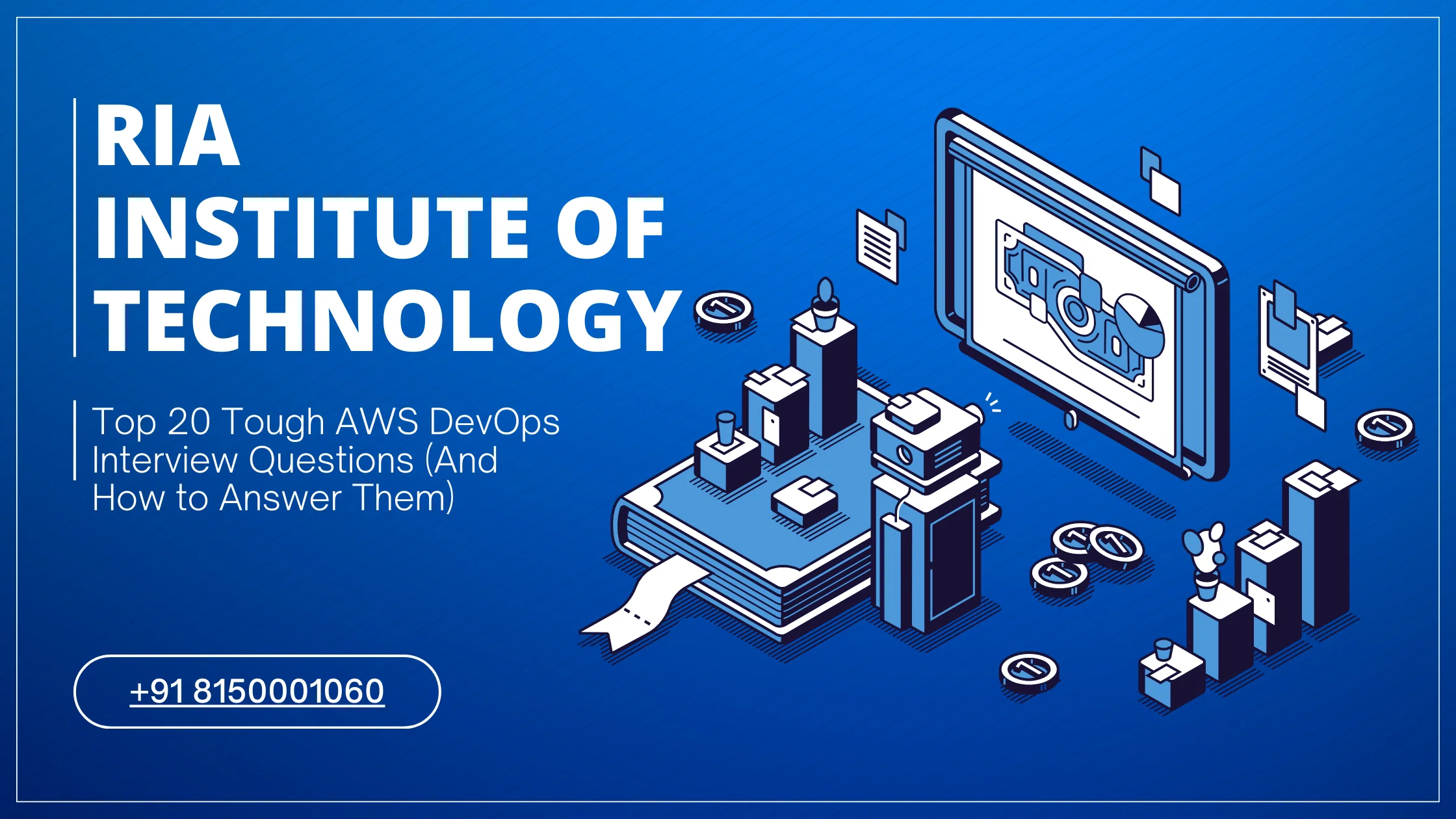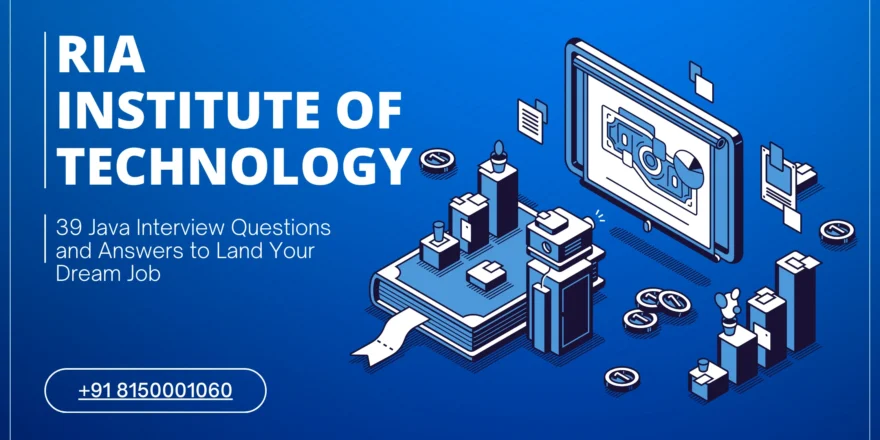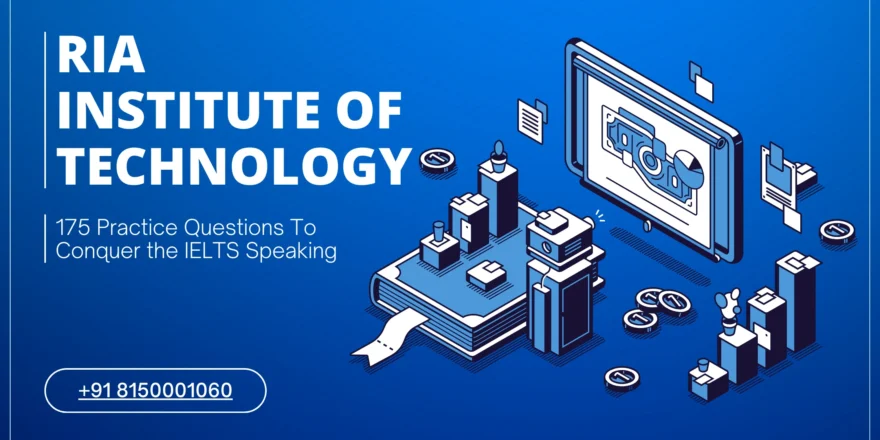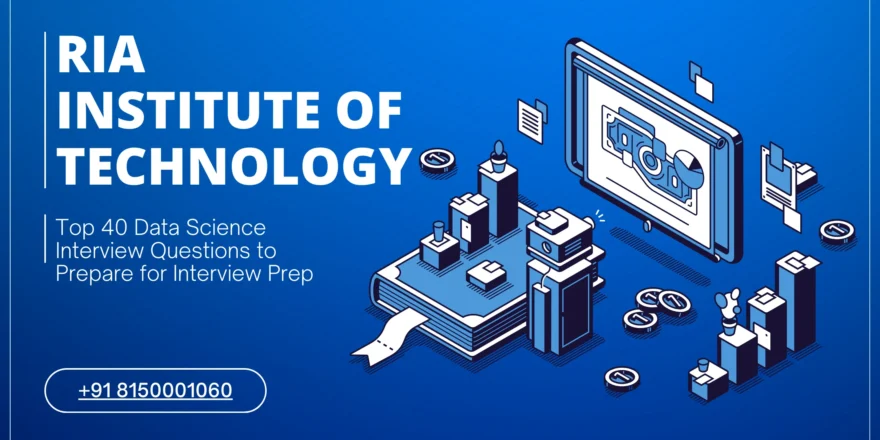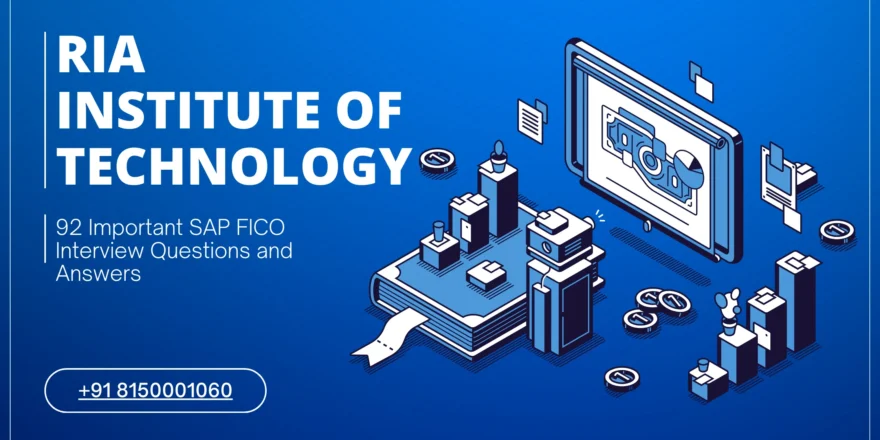AWS is a cloud computing platform that provides many services, such as storing data, performing calculations, and connecting devices. It is one of the most widely used cloud platforms, and its popularity is growing as more businesses move their operations to the cloud. AWS is becoming a key part of many DevOps engineer jobs globally. For anyone looking to prepare for AWS DevOps interview questions, we offer 20 essential questions and answers provided by AWS DevOps experts mentoring at Ria Institute of Technology.
When we talk about using AWS for DevOps, it means using Amazon Web Services to help with developing and operating software efficiently. Here are the main reasons why AWS is great for DevOps:
List of Top 20 Tough AWS DevOps Interview Questions
1. What are the 4 key reasons for choosing AWS with DevOps?
- Quick Start: You can start using AWS services right away without needing to set up a lot of things beforehand.
- Managed Services: AWS takes care of managing the services so you can focus on your product instead of dealing with complex configurations.
- Scalability: AWS is designed to handle growth easily, which is crucial in today’s tech world.
- Automation: You can automate tasks easily with AWS, making processes faster and more efficient.
By using AWS for DevOps, companies can embrace the DevOps culture effectively, speed up product development, and hire skilled DevOps engineers who are familiar with AWS services.
2. What are the key components of AWS used in DevOps?
AWS services are designed to work together based on the DevOps culture. The most important ones for a robust CI/CD system are AWS CodePipeline, AWS CodeBuild, AWS CodeDeploy, and AWS CodeStar.
3. What is AWS CodePipeline?
AWS CodePipeline is a fully managed service that helps you automate the process of releasing updates to your applications and infrastructure quickly and reliably.
4. Which languages and frameworks are compatible with AWS CodeBuild?
AWS CodeBuild supports preconfigured environments for various programming languages and frameworks, including Java, Ruby, Python, Go, Node.js, Android, .NET Core, PHP, and Docker. You can also create and upload a custom Docker image to customize your environment and use it in your build project.
5. What are some common use cases for Amazon Elastic Container Service (ECS) in DevOps?
One common use case for Amazon Elastic Container Service (ECS) in DevOps is deploying a microservice in an environment without any prior setup. To achieve this, you create a Docker image of the microservice and store it in a registry like the Elastic Container Registry (ECR). Then, you define a Task Definition and use technologies like Fargate to deploy the image in an ECS cluster.
6. What is an Amazon Machine Image (AMI)?
An Amazon Machine Image (AMI) is an image provided and maintained by AWS that contains all the necessary information to launch an instance. This means it includes everything needed to start a virtual machine, making it easy to set up new instances.
7. What is Infrastructure as Code (IaC)?
Infrastructure as Code (IaC) is a way to manage and control the infrastructure of your application, including networks, virtual machines, load balancers, and how they are connected. It uses the same version control systems that developers use for their code, making it easy to keep track of changes and ensure consistency across different environments. This approach allows for replicable and consistent infrastructure management.
8. How do containers communicate in Kubernetes?
Containers in Kubernetes can communicate with each other in three ways:
- Directly: Containers can communicate directly by using the local host and the port number exposed by the other container.
- Through Pod IP: Containers can also communicate by using the IP address of the pod they are running in.
- Through Services: Containers can communicate through services, which have their own IP addresses and DNS names.
9. What’s your preferred version control system?
I personally prefer Git, but it’s totally fine if yours is different. The key reasons and advantages of my choice are: Git is widely used and has a large community, making it easy to find resources and support.
- It has a distributed architecture, allowing for offline work and easy branching and merging.
- Git has a simple and intuitive command-line interface, making it easy to learn and use.
- It integrates well with many popular development tools and platforms.
10. How is DevOps different from Agile?
DevOps and Agile are two different approaches to software development. Agile focuses on small teams working together to adapt quickly to changes during the development process. DevOps, on the other hand, aims to improve communication and collaboration between large teams responsible for developing software. The main difference lies in how each approach handles tasks: Agile focuses on getting things done, while DevOps emphasizes communication and learning from each other.
11. Can you define the DevOps lifecycle?
The DevOps lifecycle can be broken down into eight key steps:
- Plan: Determine what you want to build and how you will build it.
- Code: Write the code for your project.
- Build: Compile and prepare the code for testing.
- Test: Check if the code works correctly.
- Release: Make the code ready for use.
- Deploy: Put the code into production.
- Operate: Run and manage the code in production.
- Monitor: Keep track of how the code is performing and make adjustments as needed.
These steps help ensure that software is developed efficiently and effectively, with a focus on
collaboration and continuous improvement.
12. What’s the difference between AWS CloudFormation and AWS Elastic Beanstalk?
CloudFormation helps you easily create and manage AWS resources using code, while Elastic Beanstalk focuses on simplifying application deployment to avoid configuration issues when working with individual services.
13. Name a few cloud security best practices
To enhance cloud security, it’s important to automate application security for agility, ensure comprehensive security coverage, and prioritize accurate and insightful security information.
14. How to implement IaC using AWS?
For implementing Infrastructure as Code (IaC) on AWS, CloudFormation is a top choice. Other options like Terraform or Pulumi are also effective, especially for multi-cloud environments. Some users prefer Terraform for its versatility and ease of use.
15. What are the key differences between Terraform and AWS CloudFormation?
Terraform and CloudFormation are two tools that help manage infrastructure. Terraform is from Hashicorp, while CloudFormation is from AWS. When comparing them, it’s important to know that CloudFormation is not open-source and follows a roadmap set by Amazon. Terraform, on the other hand, is cloud-agnostic, meaning it can be used with any cloud provider. It offers users a lot of flexibility and can manage any resource that can be interacted with via an API.
16. What are the different configuration management tools that integrate with AWS?
AWS is compatible with various configuration management tools. However, only Chef and Puppet have dedicated services that are integrated with AWS. These services are part of AWS OpsWork, which makes it easier to manage configurations on AWS.
17. Describe a situation where you faced a challenge while setting up a DevOps pipeline and how you overcame it.
When faced with creating a DevOps pipeline, the first step is to gather all the necessary requirements. This involves discussing the pipeline’s structure and necessary tools with the relevant teams, such as the development team for an application or the team requiring the functionality in other cases. Before automating the process, it is crucial to replicate the pipeline locally as much as possible. This allows for easier testing and ensures that the workflow concept will work effectively. Finally, several tests should be conducted to confirm that the pipeline functions as expected.
18. What is the significance of buffering in AWS, and how does it contribute to the efficient operation of cloud-based systems?
In AWS, a buffer plays a crucial role in ensuring the smooth operation of various components. It acts as a middleman, receiving requests and processing them in the background. This allows different components to work together efficiently without slowing down the system. By managing the flow of requests, a buffer helps maintain speed and provides faster services. Additionally, it helps handle high traffic or load efficiently, ensuring that the system remains responsive and reliable.
19. Why ECS Might Be a Better Choice Than Kubernetes
ECS (Elastic Container Service) can be a better choice than Kubernetes for several reasons. It offers more flexibility, greater scalability, and simplicity compared to Kubernetes. If you need an implementation that is easy to manage and can handle a large workload, ECS is a good option.
20. How Microservices Affect Operations
Microservices have a significant impact on operations. They simplify the operational load by making it easier to manage and replace individual components quickly. This means that if a microservice is not functioning properly, it can be replaced in a matter of minutes, reducing downtime and improving overall efficiency.
To pass an AWS DevOps interview, consider these extra tips:
Be Honest and Demonstrate Reasoning
- It’s okay to say you don’t know something, but show your thought process
- Make logical assumptions based on your existing knowledge and experience
- Explain how you would approach solving the problem, even if you don’t have the exact answer
Continuously Learn and Practice
- DevOps requires flexibility, adaptability, and creativity
- Keep learning new skills and practising with complex problems
- Hands-on experience with real-world scenarios is valuable
Prepare Your Interview Skills
- Practice your interview skills to manage nerves and tension
- Work on communicating clearly and confidently
- Be ready to discuss your background and experience
Stay Up-to-Date on Trends
- DevOps is a fast-moving field with new tools and technologies
- Research the latest trends, tools, and best practices
- Demonstrate your interest in the field and eagerness to learn
The key is to be honest, demonstrate your problem-solving abilities, keep learning, practice your interview skills, and stay informed about the DevOps landscape. With preparation and practice, you can ace your AWS DevOps interview.

